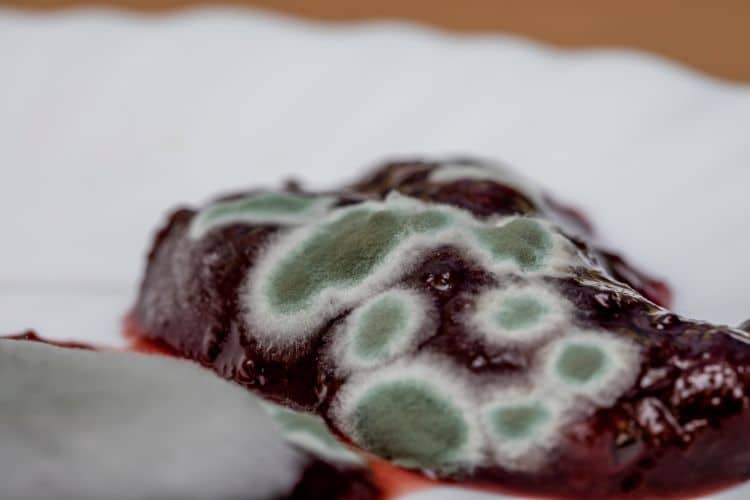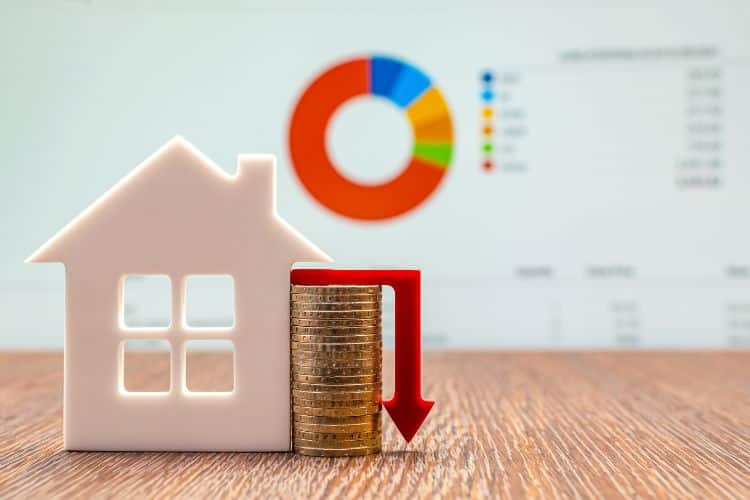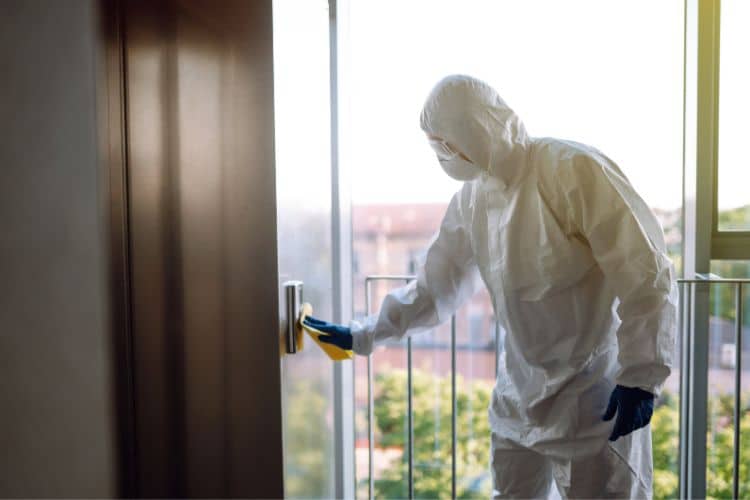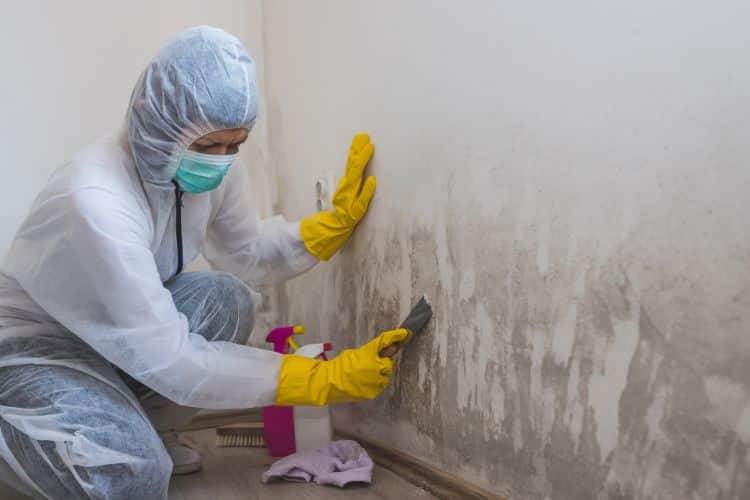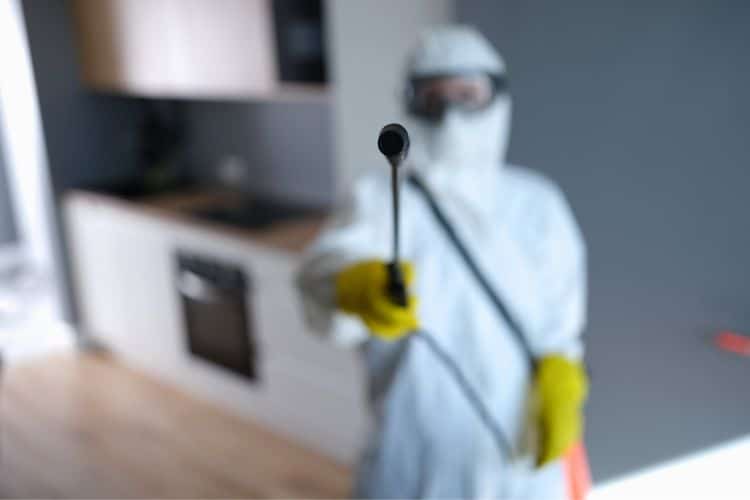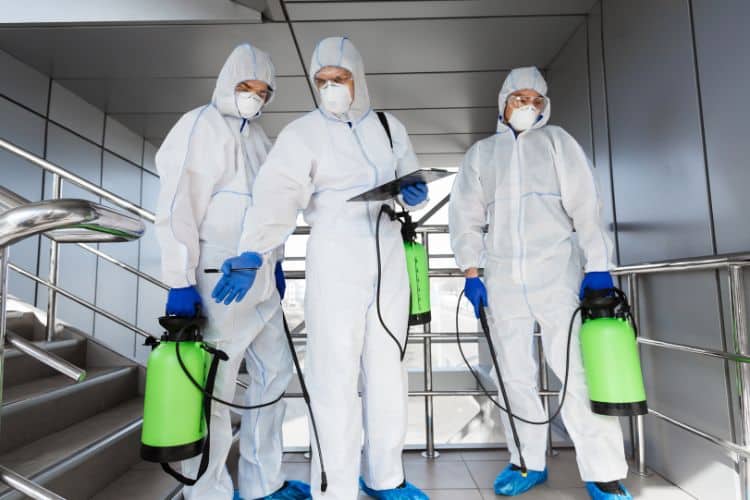A Homeowner’s Guide to Mold-Resistant Building Materials
Mold growth in a home is more than just an aesthetic issue – it’s a significant health risk with potentially devastating consequences. Unchecked, mold can wreak havoc on your property, causing structural damage and creating a hazardous living environment. This article aims to educate homeowners on the crucial role of mold-resistant building materials in preventing […]
A Homeowner’s Guide to Mold-Resistant Building Materials Read More »


